Oct 28, 2025 10:47 AM
In Memoriam: Jack DeJohnette, 1942–2025
Jack DeJohnette, a bold and resourceful drummer and NEA Jazz Master who forged a unique vocabulary on the kit over his…
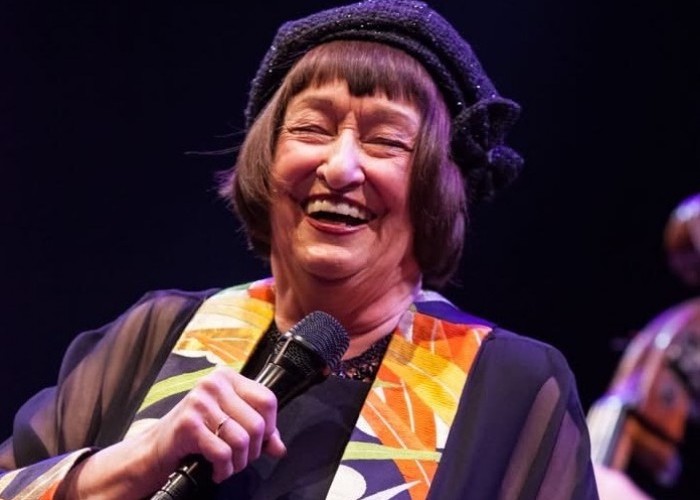
Jordan was a dyed-in-the-wool bebopper whose formative musical experiences were with Charlie Parker.
(Photo: Mark Sheldon)Sheila Jordan, a vocalist who was celebrated for her scatting and lyric-improvising abilities, died Aug. 11 at her home in New York City. She was 96. Jordan had for several weeks been in hospice care, first at the Actors Fund Nursing Home in Englewood, New Jersey, and then at her own apartment in the care of her daughter.
A Detroit native, Jordan was a dyed-in-the-wool bebopper — distinct from many of her contemporaries, who were weaned on the Great American Songbook and had risen through the eras of the big bands and crooners. Instead, Jordan’s formative musical experiences were with Charlie Parker (both on record and in concert). As a performer, she cut her teeth with fellow Detroiters Barry Harris and Kenny Burrell, then in 1950s New York with her teachers Lennie Tristano and Charles Mingus and her then-husband Duke Jordan.
Jordan didn’t begin recording until 1962, and even then didn’t build a major musical career, but instead worked as a secretary and focused on raising her daughter. She was a nine-time winner of DownBeat’s poll for “Talent Deserving Wider Recognition.”
She finally returned to performing in the mid-’70s, then with the ’80s jazz resurgence was able to develop a thriving full-time career and critical and commercial recognition. She was also an accomplished educator, working for nearly 30 years as an artist in residence and adjunct professor at City College of New York.
In addition to her improvisational style, Jordan was an innovator in developing a duo approach to singing involving just herself and a bassist — typically Harvie S, with whom she enjoyed a long and fruitful collaboration. She was named an NEA Jazz Master in 2012.
“Honest, I guess,” Jordan said in 2012, when interviewer Marc Myers asked her to describe her singing style. “I don’t try to be anything else but that. I just sing for the joy of singing.”
Sheila Jeanette Dawson was born Nov. 18, 1928, in Detroit to 17-year-old Rowena Hull, who sent her baby daughter to live with her grandparents in Summerhill, a coal-mining town in central Pennsylvania. She had a tough, strict upbringing in a very poor family; at 14, her mother was visiting when her grandfather kicked them both out and Sheila returned with her mother to Detroit, where she graduated from Commerce High School.
Untrained in music, Sheila nevertheless loved music and singing, and while still in high school formed a vocal trio, Skeeter, Mitch and Jean (she was Jean). In 1951, she moved to New York to hear Charlie Parker, having fallen in love with his music on Detroit jukeboxes. She worked as a typist, studied with Tristano and Mingus, and married Jordan in 1953. The marriage lasted until 1962 and produced a daughter, Tracey, before heroin-addicted Jordan left her.
Jordan was singing at a club in Greenwich Village when pianist-composer George Russell heard her and offered her work singing “You Are My Sunshine” on his album The Outer View. Russell then sent a demo of her singing to Blue Note Records, which recorded her debut album, Portrait Of Sheila Jordan, in autumn 1962.
While Jordan occasionally worked as a musician — notably, with George Russell at the 1964 Newport Jazz Festival and with pianist Steve Kuhn around New York — she didn’t record again under her own name until 1975, when her album Confirmation gave a boost to her music career. In the 1980s she became the full-time musician that she remained until shortly before her passing. Her final recording, Live At Mezzrow, was recorded in New York in 2021 and released the following year. DB
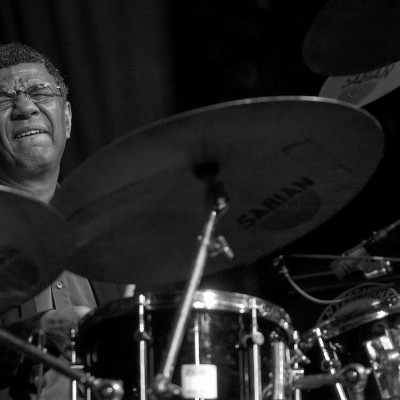
Jack DeJohnette boasted a musical resume that was as long as it was fearsome.
Oct 28, 2025 10:47 AM
Jack DeJohnette, a bold and resourceful drummer and NEA Jazz Master who forged a unique vocabulary on the kit over his…
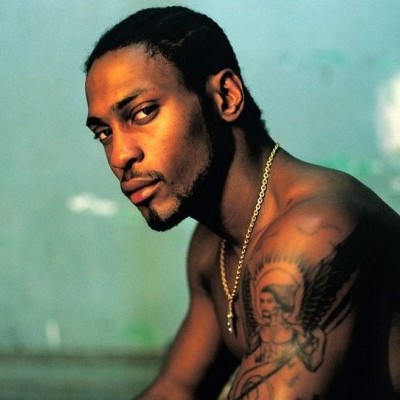
D’Angelo achieved commercial and critical success experimenting with a fusion of jazz, funk, soul, R&B and hip-hop.
Oct 14, 2025 1:47 PM
D’Angelo, a Grammy-winning R&B and neo-soul singer, guitarist and pianist who exerted a profound influence on 21st…
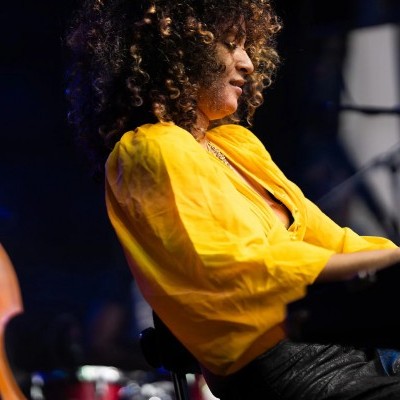
Kandace Springs channeled Shirley Horn’s deliberate phrasing and sublime self-accompaniment during her set at this year’s Pittsburgh International Jazz Festival.
Sep 30, 2025 12:28 PM
Janis Burley, the Pittsburgh International Jazz Festival’s founder and artistic director, did not, as might be…
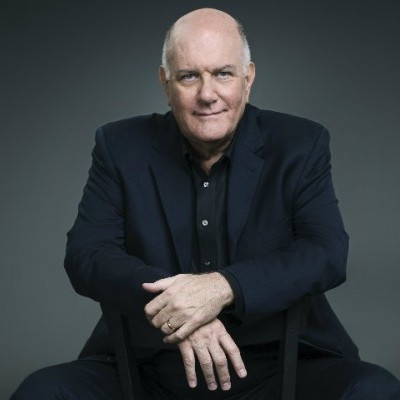
Jim McNeely’s singular body of work had a profound and lasting influence on many of today’s top jazz composers in the U.S. and in Europe.
Oct 7, 2025 3:40 PM
Pianist Jim McNeely, one of the most distinguished large ensemble jazz composers of his generation, died Sept. 26 at…
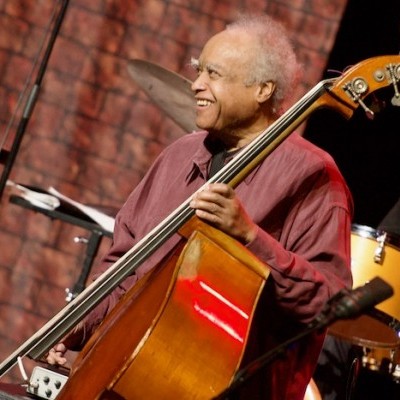
Drummond was cherished by generations of mainstream jazz listeners and bandleaders for his authoritative tonal presence, a defining quality of his style most apparent when he played his instrument unamplified.
Nov 4, 2025 11:39 AM
Ray Drummond, a first-call bassist who appeared on hundreds of albums as a sideman for some of the top names in jazz…